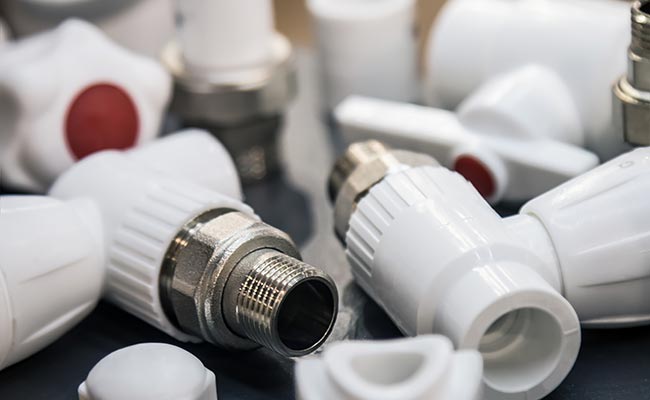You’ve installed a new PVC ball valve and expect it to work for years. But a sudden failure can cause a flood, ruin equipment, and shut down operations.
A high-quality PVC ball valve can last up to 20 years in ideal conditions. However, its actual lifespan is determined by factors like UV exposure, chemical contact, water temperature, system pressure, and how often it is used.
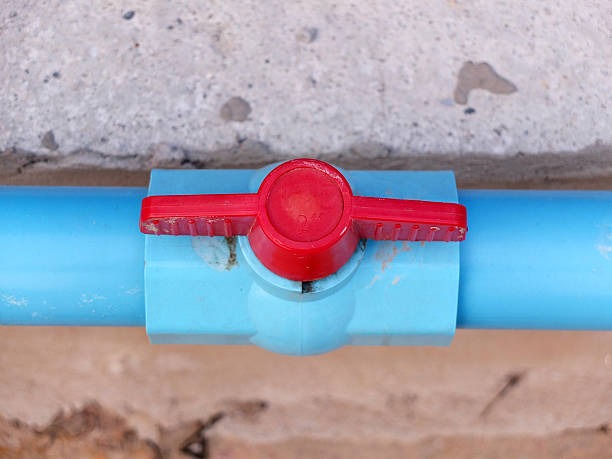
That 20-year figure is a starting point, not a guarantee. The real answer is “it depends.” I was talking about this with Budi, a purchasing manager I work with in Indonesia. He sees the full spectrum. Some customers have our valves running perfectly in agricultural systems after 15 years. Others have had valves fail in under two years. The difference is never the valve itself, but the environment it lives in. Understanding these environmental factors is the only way to predict how long your valve will actually last and to make sure it reaches its full potential.
What is the life expectancy of a PVC ball valve?
You want a simple number for your project plan. But basing your timeline and budget on a guess is risky, especially if the valve fails long before you expect it to.
The life expectancy of a PVC ball valve ranges from a few years to over two decades. This is not fixed. The lifespan depends entirely on its operating environment and the quality of its materials.
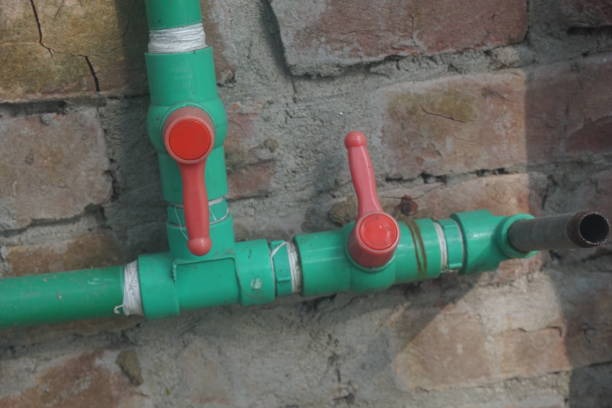
Think of a valve’s lifespan as a budget. It starts at 20 years, and every harsh condition “spends” some of that life faster. The biggest spenders are UV sunlight and frequent use. A valve that is opened and closed hundreds of times a day will wear out its internal seals much faster than one that is only turned once a month. Likewise, a valve installed outdoors in direct sunlight will become brittle and weak over time. The UV radiation attacks the molecular bonds in the PVC. After a few years, it can become so fragile that a minor knock could shatter it. Chemical compatibility, high temperatures, and excessive pressure also reduce its life. A quality valve made from 100% virgin PVC with durable PTFE seats will last much longer than a cheaper valve with fillers, but even the best valve will fail early if used in the wrong conditions.
Factors That Reduce PVC Valve Lifespan
| Factor | Effect | How to Mitigate |
|---|---|---|
| UV Exposure | Makes PVC brittle and weak. | Paint the valve or cover it. |
| High Frequency | Wears out the internal seals. | Choose valves with high-quality seats. |
| Chemicals | Can soften or damage PVC/seals. | Verify chemical compatibility charts. |
| High Temp/Pressure | Reduces strength and safety margin. | Use within its specified limits. |
How reliable are PVC ball valves?
PVC looks like plastic, and plastic can feel weak. You worry that it might break or leak under pressure, especially when compared to a heavy metal valve.
High-quality PVC ball valves are extremely reliable for their intended applications. Their plastic construction means they are completely immune to the rust and mineral buildup that cause metal valves to fail or seize over time.
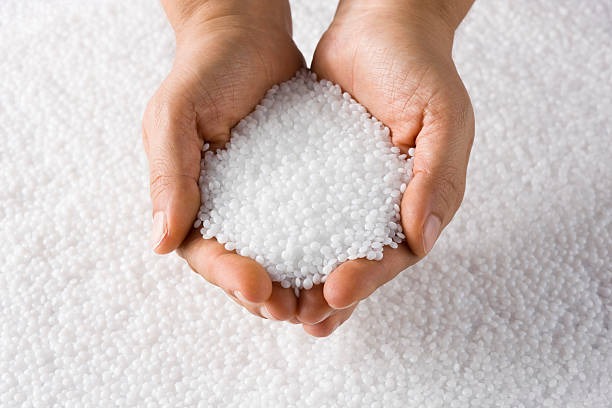
Reliability isn’t just about bursting. It’s about whether the valve works when you need it to. Budi told me a story about one of his customers in the aquaculture industry. They used to use brass ball valves, but the slightly salty water caused them to corrode. After a year, the valves were so stiff with corrosion that they couldn’t be turned. They had to be replaced. They switched to our PVC ball valves. Five years later, those same PVC valves are turning as smoothly as the day they were installed. This is the true reliability of PVC. It doesn’t rust. It doesn’t get clogged with scale or mineral deposits. As long as it’s used within its pressure/temperature limits and protected from UV, its performance will not degrade. A quality PVC valve with smooth PTFE seats and reliable EPDM O-rings offers a level of long-term, predictable reliability that metal often can’t match in water applications.
How long are ball valves good for?
You’re comparing a PVC valve to a brass one. The metal one feels heavier, so it must be better, right? This assumption can lead you to choose the wrong valve for the job.
Ball valves are good for decades when used correctly. For PVC, this means cold water applications without direct UV exposure. For metal, it means clean, non-corrosive water. A PVC valve often outlasts a metal valve in aggressive environments.
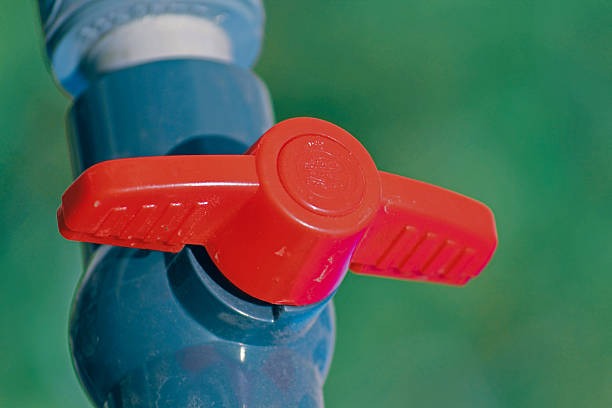
“How long is it good for?” is really a question of “What is it good for?” A high-end stainless steel ball valve is fantastic, but it’s not a good choice for a swimming pool with chlorinated water, which can attack the metal over time. A brass valve is a great general-purpose choice, but it will fail in systems with certain fertilizers or acidic water. This is where PVC shines. It is the best choice for a huge range of water-based applications, including irrigation, aquaculture, pools, and general plumbing. In these environments, it won’t corrode, so it maintains its smooth operation for years. While it’s not good for hot water or high pressures, it is the superior choice for its specific niche. A PVC valve used correctly will be “good for” much longer than a metal valve used incorrectly. Budi’s most successful customers are the ones who match the valve material to the water, not just to a perception of strength.
Do ball valves go bad?
Your valve has stopped working. You wonder if it just wore out or if something specific caused it to fail. Knowing why it failed is the key to preventing it next time.
Yes, ball valves go bad for several clear reasons. The most common failures are worn-out seals from frequent use, UV degradation causing brittleness, chemical attack on the materials, or physical damage from impact or over-tightening.

Ball valves don’t just stop working because of age; a specific part fails. The most common failure point is the internal seals. The PTFE seats that seal against the ball can wear down after thousands of open/close cycles, leading to a small leak. The EPDM O-rings on the stem can also wear out, causing a leak at the handle. This is normal wear and tear. The second major cause is environmental damage. As we discussed, UV light is a killer, making the valve body brittle. The wrong chemical can turn the PVC soft or destroy the O-rings. The third way they go bad is through improper installation. The most common mistake I see is people over-tightening threaded PVC valves. They wrap too much thread tape and then use a huge wrench, which can crack the valve body right at the connection. Understanding these failure modes helps you protect your investment and ensure it lasts.
Conclusion
A quality PVC valve can last for decades. Its lifespan depends less on time and more on proper use, protection from UV light, and the right system design for its application.
Post time: Jul-24-2025



